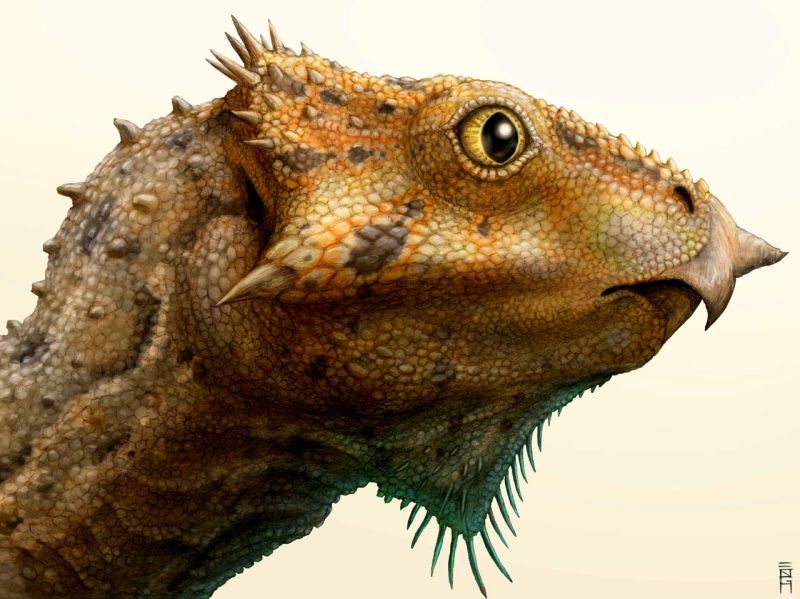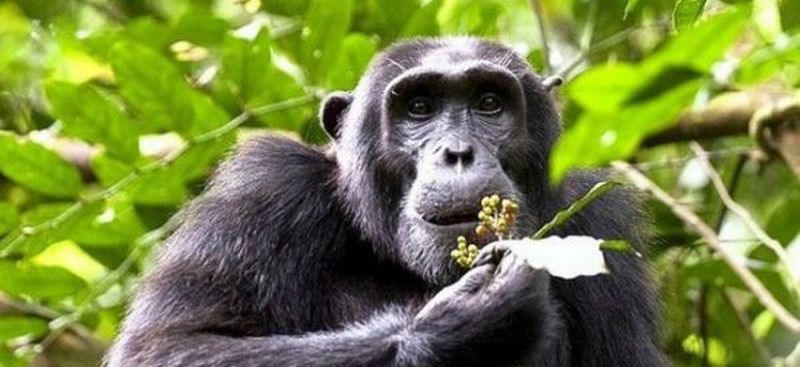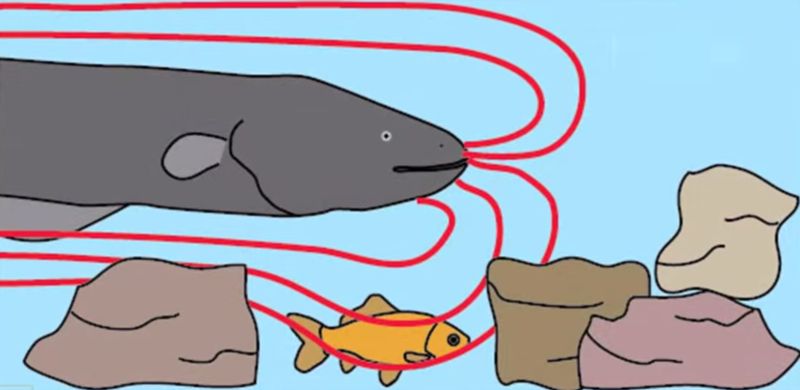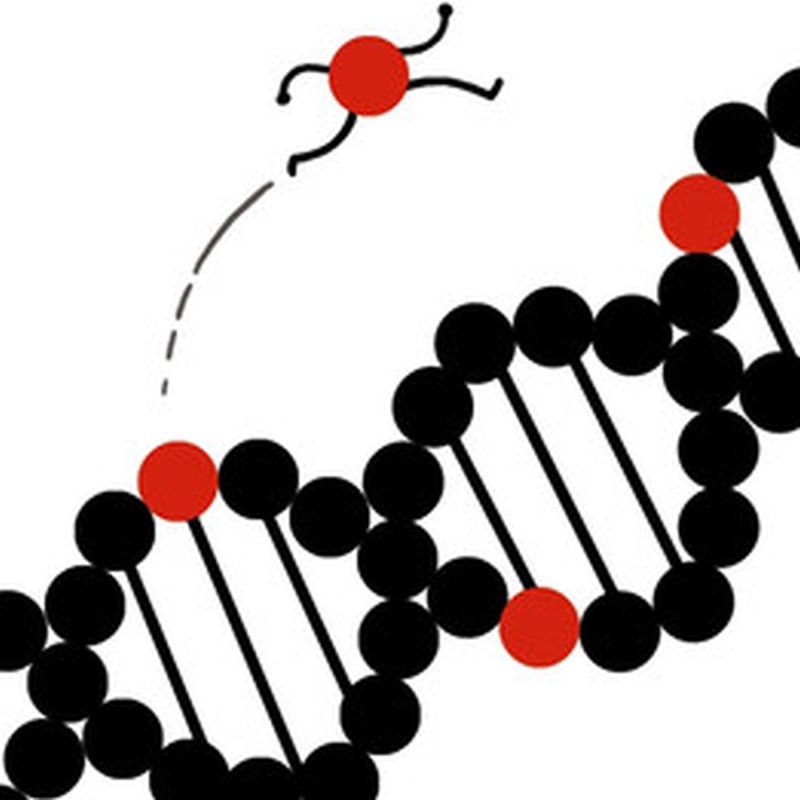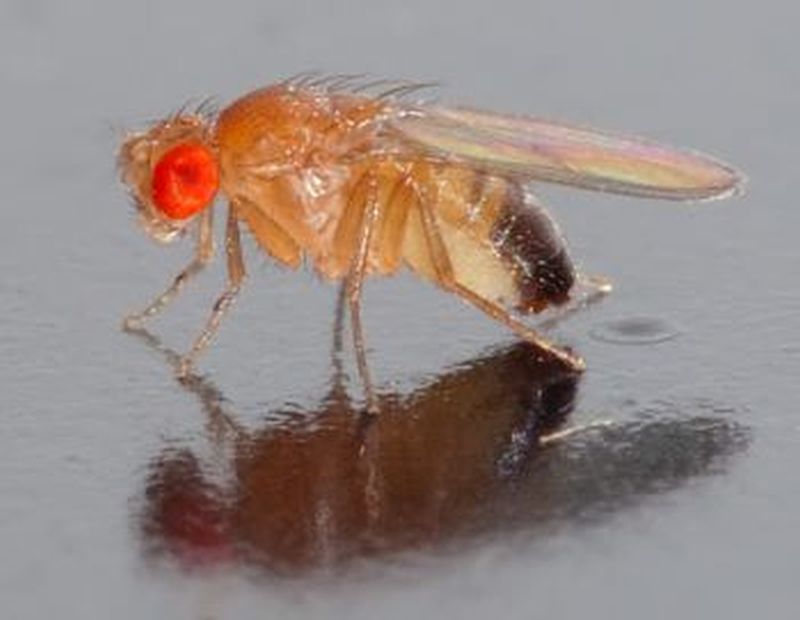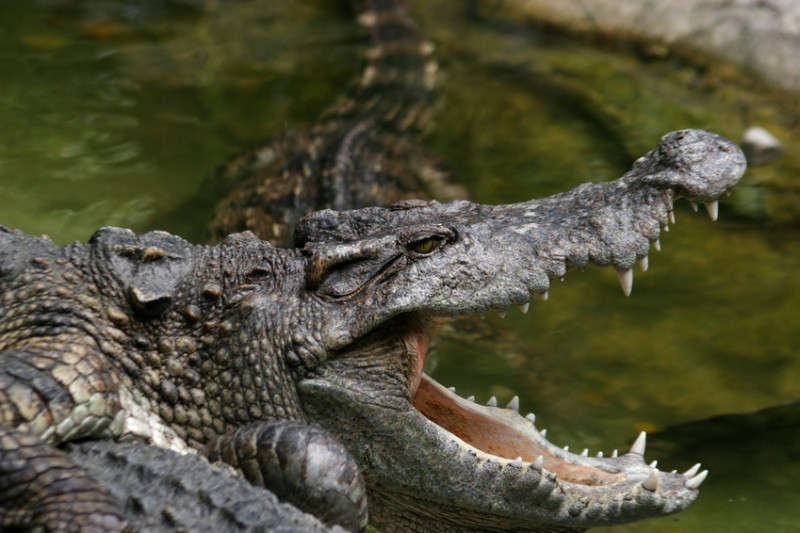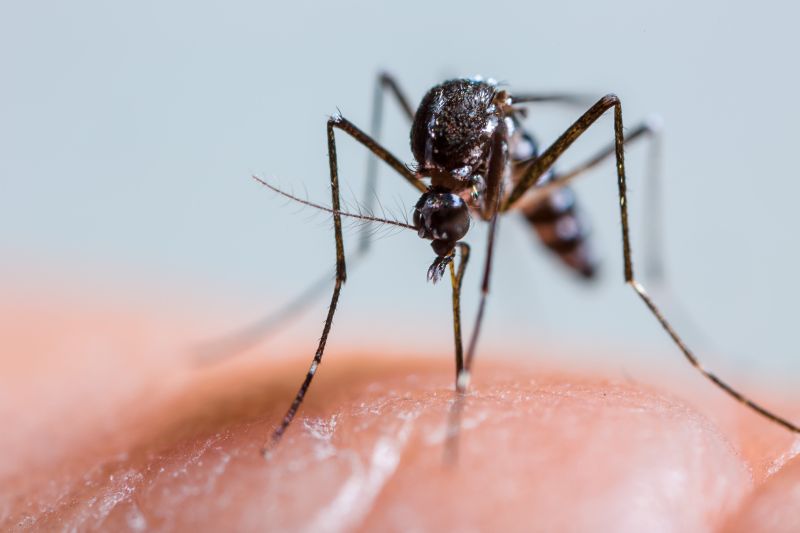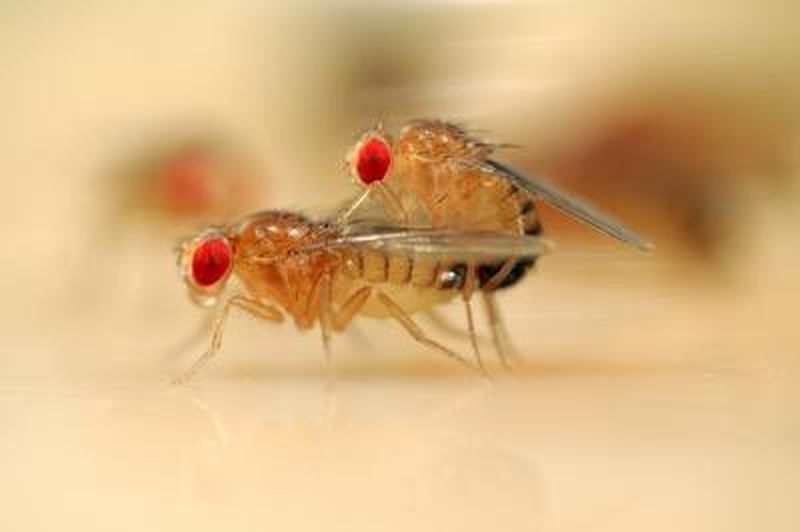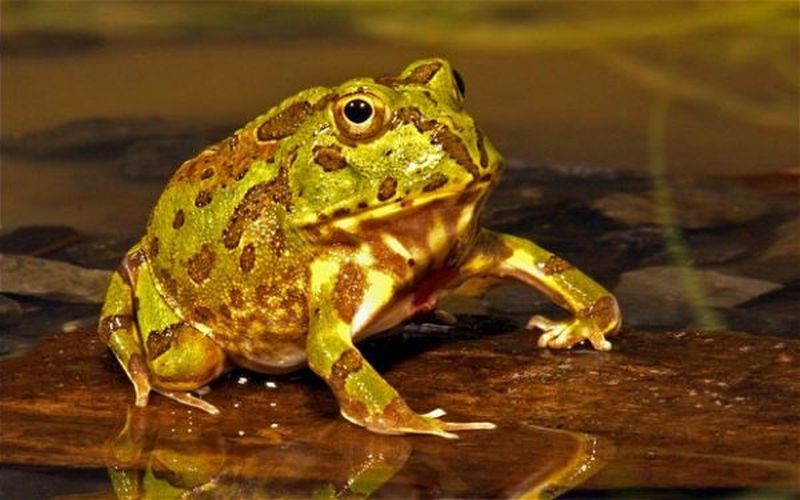Sexual cannibalism in mantis is a very well known phenomenon. Female mantises bite off the male’s head after or during sex, therefore, is also known as fatale femme. However, the reason behind such sexual cannibalism remains debatable. Female mantises use pheromones to attract males for mating, however, females most of the time ends up eating male mantis, even before the poor male gets a chance to mate. Researchers until now believed that well fed females attracts more males and in turn laid more eggs. Nevertheless, a new study rebuts this…
Read MoreTag: ecology
Volcanic Eruptions or Asteroid Collision: What really killed the dinosaurs?
Reason related to what led to the extinction of dinosaurs remains debatable. Until now, the most acceptable theory states that around sixty six million years ago, an asteroid as wide as 5 miles and moving at a speed of 70,000 miles per hour bumped into the Earth. The dust from this massive collision blocked the sun and in turn causing catastrophic chains of events that led the extinction of dinosaurs along with three-quarters of other species of the planet.
Read MorePeruvian Mummy curled up for 1,000 years: Human Remains on Display
In an excavation work near Lima, capital and the largest city Peru, a mummy dating back to the eleventh century has been discovered. As per the experts, the skeleton is that of a 50-year-old woman, sitting in a foetal position. It is expected that during some ceremonial ritual of the Pachacamac civilization, the resting position was such that with the passage of time (years), the skeleton retained the foetal position. Burial site was happened to be at a significant distance from the abandoned civilization’s temple.
Read MoreCat-Sized Dinosaur Fossil Discovered in Montana: Aquilops americanus
Dr Andrew Farke a paleontologist and his team from Raymond have surfaced a new species of dinosaurs that were herbivorous and beaked belonging to the family of Ceratopsia or Ceratopia. These genus dinosaurs occupied North America, Europe, and Asia, during the Cretaceous Period, nearly 108 million years ago. American eagle face Due to its looks, it’s also called the Aquilops americanus that stands for American eagle face. Unlike Triceratops, also the herbivorous ceratopsid dinosaurs that were expected around late Cretaceous period, its famous relatives, it did not have horns neither…
Read MoreAnimals Self-Medicate to Detoxify Stomach and even Induce Birth: Zoopharmacognosy
It’s been quite some time now that I have had noticed our pets, a cat and two dogs trying to eat grass (at times) and I have always thought that it might be their natural process of cleaning out stomach, now I feel like sharing it here that I was correct. Animals across Brazil, Kenya, US and the UK have been observed doing self-medicating, also called the zoopharmacognosy.
Read MoreElectric Eel can remotely Control its Prey: Hijacking Neural Pathways
Recent research has surfaced eels’ ability of using shock waves to incapacitate as well as manipulate prey. The predators either discharge a single zap or produce high torrents of voltage causing fish to experience massive involuntary muscle spasms. In some cases, the shocking tactics is used by the eels to generate minor muscle twitches in prey only to get acquaint with their location, the working is similar to that of a sonar. Muscle powered biological batteries is what keeps these eels an edge of discharging nearly 600 volts. This is…
Read MoreToxin Genes jumped from Bacteria into Animals: Defense Mechanism via Gene Transfer
Bacteria are the first organisms known to exist in the history of life on the planet Earth. Taken the time period into consideration, these micro-organisms have had surplus at their disposal hence, we can say that they have the ‘edge’ of thriving even on the bare minimum life supporting elements. This unique ability of bacteria has made one of the major reasons for researchers to study more about them. Harsh environment signifies very less or no availability of nutrients, consequent upon which the microorganisms require fighting for their survival. So what…
Read MoreLEDs Attract more Flying Invertebrates: Light Pollution
Invention of blue light-emitting diodes (LEDs) by three scientists won them the Nobel Prize for physics. This innovative LED technology comes with many advantages such as they are energy efficient, bright enough to be used for regular lighting and last longer. But the increasing use of LEDs has certain drawbacks too, as found in a new study led by a pair of experts from Scion, a New Zealand research Institute. According to them LEDs serve light pollution and can cause ecological problems because flying invertebrates are more drawn to LED…
Read MoreFruit Fly can sniff out Drugs and Bombs: Electronic Noses Technology
When it comes to detecting bomb or drugs, generally dog is the first animal that comes in our mind. But would you believe when I say that very soon fruit-fly might be taking over the job of detecting bombs and illicit drugs? Surprised! According to a research conducted by the University of Sussex, fruit fly’s sense of odor can be employed in an innovative technology to expose bombs and drugs.
Read MoreCoordination and Collaboration discovered in Hunting Crocodilians: A Club of Hunters
We have already read Vladimir Dinets’ research work about certain species of crocodiles and alligators that very intelligently made use of twigs to lure its prey, to climbing tree’s crown to keep an eye on its potential prey or an approaching enemy. Apart from these, advanced parental care, complex communication are other behavior noticed in reptiles.
Read MoreBacteria-powered Sensor to detect Water Contamination: On-site Analysis
Impurity free water is of utmost importance for human survival. Unfortunately, millions of people still lack access to safe drinking water. Every year, people in huge numbers die suffering from water borne diseases. Recently, a low cost device has been developed by scientists that can be used in developing nations for monitoring water quality in real time, thus, skipping the requirement of any expensive lab equipments. The traditional processes of monitoring pollutants in drinking water were time taking, costly and involved specialist technical expertise.
Read MoreCarbon Dioxide ‘Sponge’ to reduce Greenhouse Gases: Zero-emission Technology
To control global warming and its severe effects, not just environmentalists around the globe, but President Obama too plans to achieve a 30 percent reduction in carbon dioxide emissions by 2030. The American Chemical Society (ACS) during its 248th National Meeting & Exposition came up with a solution for this worldwide problem. Employing relative of plastic used in manufacturing food containers, they have achieved to create a sponge like plastic, which has a higher efficiency of absorbing carbon dioxide. Researchers now hope that the new material might help in transitioning…
Read MoreMosquitoMate comes to Other Insects Rescue: Controlling the Mosquito Population
Mosquitoes all around the world kill more people than any other animal. They are the carriers of many fatal diseases. To control mosquito population, there are chemical pesticides available that are sprayed in mosquito breeding areas using trucks, airplane or backpack sprayer. But these pesticides, along with mosquitoes kill other insects as well. So researchers are busy finding alternate methods to keep a check on these deadly creatures.
Read MoreNeuroendocrine System influences Sexual Behavior: Disclosed Fruit Flies
Researchers are trying to unlock the mysteries of the brain that makes an individual to select a potential mate and study how these processes of selection differ in male than that of the female. The topic sounds interesting, however, studying humans for the purpose is rather difficult and so researchers are studying fruit flies to understand different events during courtship that might be apropos to humans and other creatures as well.
Read MoreFrog could assist Astronomers in Space Mission: Maintaining Muscles under Zero Gravity
Often researchers have studied animals to seek answers to certain queries. This time again, researchers are studying a tiny hibernating frog that would help astronomers in their future space mission. Space travel has several short and long term impacts on the health of astronomers. Researchers are specifically studying Cyclorana alboguttata, a green striped burrowing frog that hibernate for several months without experiencing any muscle wastage.
Read More



